Best Carb Foods For Muscle Growth!
Maximize Your Gains Without The Fat!
We know good carbohydrates are important for muscle growth for different reasons: they give you energy for your workouts and because carbs combined with protein stimulate more muscle growth than protein alone. But can you eat just any carbs?
The answer is:
“There ARE carbohydrates that are considered better options because they can help you grow and stay lean at the same time.”
The short version is that carbs can be made of simple small molecules that are easy to break down by your body, also known as SIMPLE CARBS, or they can be made of long complicated molecules that take longer to digest. These are called COMPLEX CARBS. Simple carbs are not the best option because your body breaks them down fast, sending a rush of glucose to your bloodstream. This rush causes your body to release a lot of insulin or an “insulin spike” to control all glucose rushing in. When your insulin spikes, your body stops burning fat and the excess glucose is stored as bodyfat or fluff!
In simple terms, this effect that the food has on your insulin levels is measured by the glycemic Index or GI. GI numbers go up to 100 and lower numbers are better because they mean less of an insulin spike. Complex carbs are the best choice because they are broken down slowly by your body, creating a more constant flow of energy and avoid the insulin spike. This means that you are growing muscle and still burning fat.
Now that you hopefully understand the basics, here is my list of the best carbs foods to help you workout harder, feed your muscles and grow lean:
BEANS
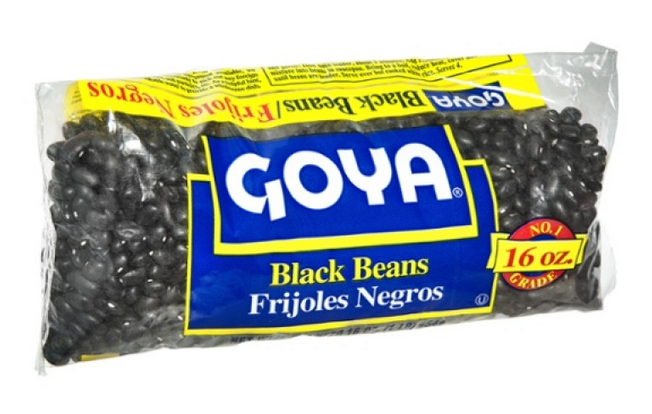
Beans are a great source of complex carbs with a low glycemic index of 30 and they also have some extra benefits! They have good amount of fiber, about 15 grams of protein in one cup and they also contain minerals like calcium for example. My main suggestion here is that you buy the beans in bags and not cans. It is ok to eat beans from cans as long as you don’t eat a bunch of cans in a week. The problem with cans is that their lining contains a chemical called BPA which is believed to cause health issues like cancer and low sperm count. Your best bet is to buy the bags and cook a batch when you are prepping your food for the week and they go great with rice and chicken!
LENTILS
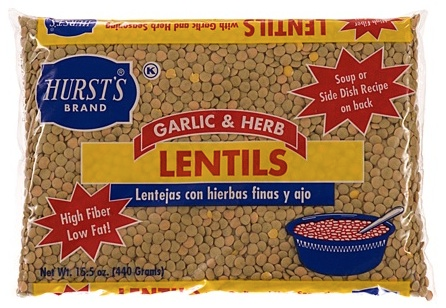
Lentils are just awesome! Not only they have good carbs but they also have about 18 grams of protein in one cup, which is more than beans. They actually have more fiber than beans as well. If you are not eating lentils, you should really add them to your mix. They are cheap and you can eat them with chicken, as a side for fish or use them in salads. They really are a great option and if you don’t eat meat, lentils should definitely be part of your meal plan!
SWEET POTATOES
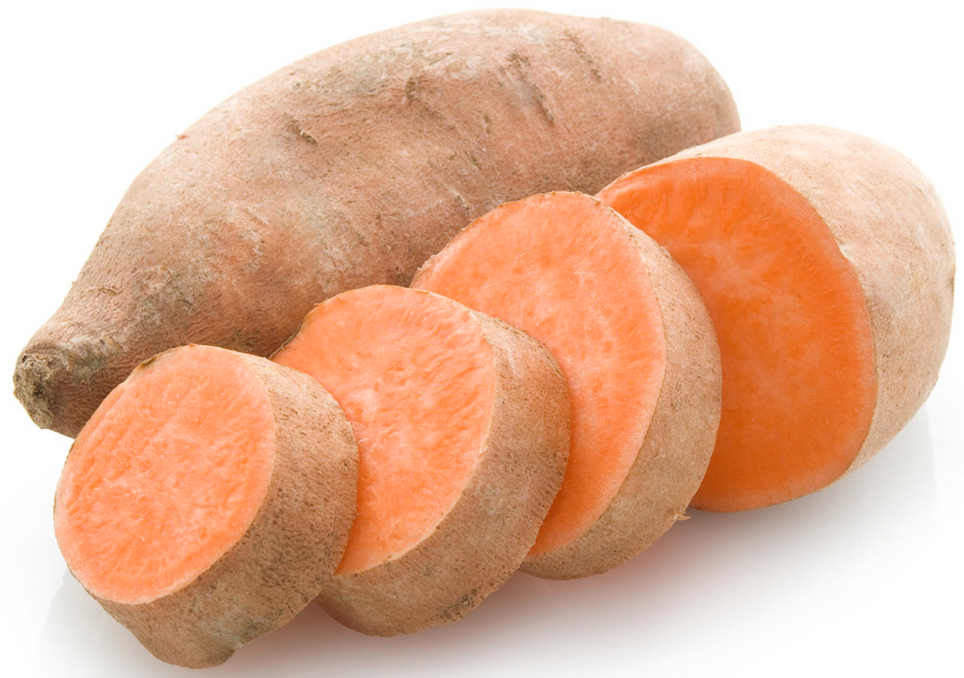
Sweet potatoes are a staple on most bodybuilder’s diets. They are a good source of complex carbs and contain a great source of vitamins and fiber. But here is something I learned recently. How you cook your sweet potatoes make all the difference! That is because cooking changes how the carb molecules are arranged changing how fast your body can break them down. For instance, boiled sweet potatoes have a much lower glycemic index than baked potatoes! The boiled glycemic index is around 45 while the baked is a whopping 94. This means that you should boil your sweet potatoes or you are not really helping yourself because you are causing a big spike in your insulin!
BROWN RICE
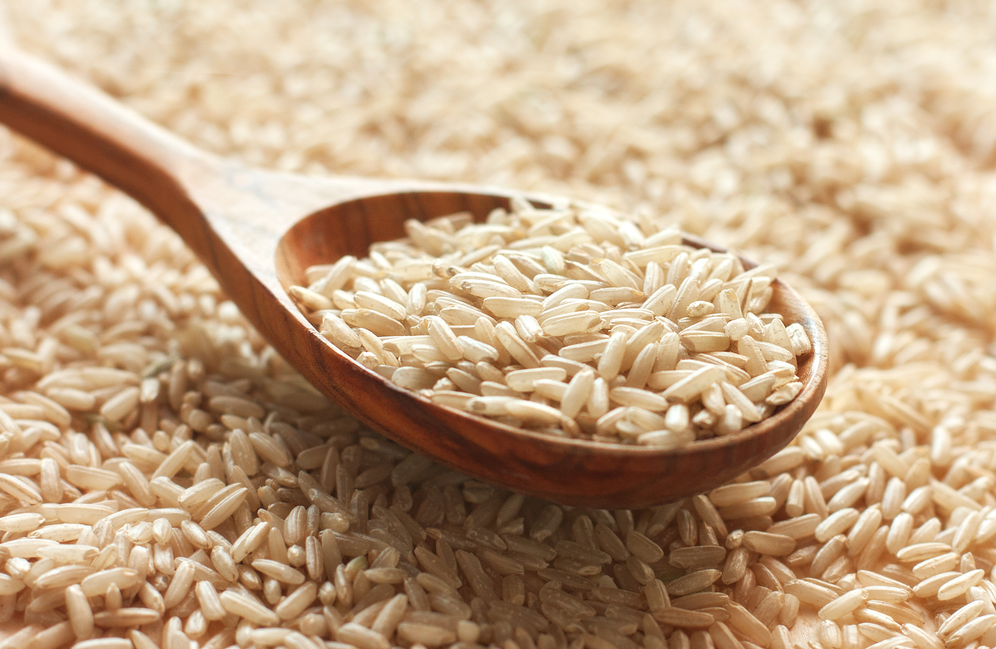
Brown rice is the most nutritious type of rice because it goes through very little processing. This type of rice has the lowest glycemic index and the most amount of fiber, vitamins and minerals as well. The second best choice is wild rice and white rice is at the bottom of the list because it is more processed with the highest glycemic index. White rice also has most of the nutritious components removed so it has more calories per serving, less vitamins and less fiber. Other types that should be at the bottom of the list because of all the processing they go through are yellow rice and rice pilaf.
WHOLE GRAIN BREAK

Whole grain bread is a great option as a source of carbohydrates and it has as decent glycemic index (about 69) as well. BUT not all breads are made equal! Don’t fall for the gimmicks that companies use to make their breads seem healthy! Some say “Multigrain” or “made with 8 grains” or “246 different types of grain”, “100% natural” or many other lines to make you think their bread is healthy. I do not care about any of these claims. You need to READ THE LABEL and make sure that the bread is made with 100% whole grain because there is something VERY important you need know! 100% Whole GRAIN bread is different than whole WHEAT bread!
Whole grain bread is healthy and has a low glycemic index while whole wheat bread has the same high or bad glycemic index as good old white bread. This is because bread made with whole grains is made with the entire grain including a very nutritious part which is the germ or the center part. Whole wheat bread is processed more than whole grain bread and they remove the germ. I know this can be confusing but you need to buy bread made of whole wheat flour from 100% whole grain! The key to remember is: A lower percentage of whole grains means a higher glycemic index.
Also, always pay attention to the first ingredient on the label of the bread. According to regulations, companies have to list the ingredient used in the highest amount first. So that tells a lot! The front label of the bread should say 100% whole grain and the back, where the nutrition information is, the first item on the ingredient list should be whole wheat flour. There should be no other type of flour listed. Also, they use different flour names to impress you like “Enriched wheat flour” for example. Don’t buy it that! That is just plain old flour with added junk. A great bread option is Ezekiel bread and it doesn’t get much better than that unless you make the bread yourself.
Here are good examples of bread labels:
This first one is Ezekiel bread and you can see it says 100% whole grain bread.

Here is another one clearly saying 100% whole grain.
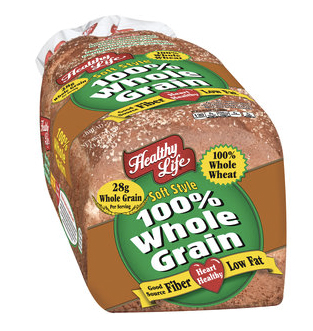
Now check out this label: it clearly says water is the most used ingredient and the second is whole grain whole wheat flour!
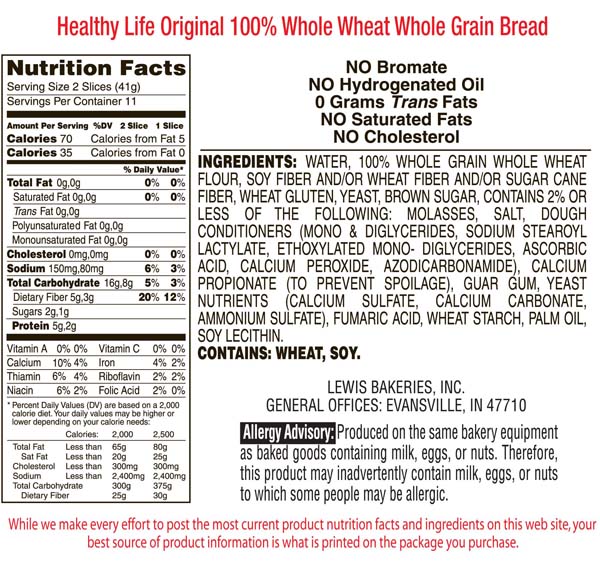
Now let’s see a bad example: look towards the bottom at the INGREDIENTS: the first one says “unbleached enriched wheat flour” This is BAD! Also notice that it says “whole wheat flour”, but towards the bottom, which means it is not the main flour used!
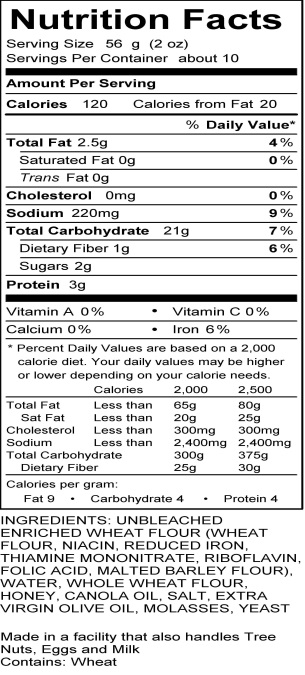
This is why you need to always pay attention and read your labels!
WHOLE GRAIN PASTA
The same things we talked about for bread, are true for pasta. You need to make sure you are buying 100% whole grain pasta and you also need to check the labels.
Here are examples of what to look for when choosing the right pasta:
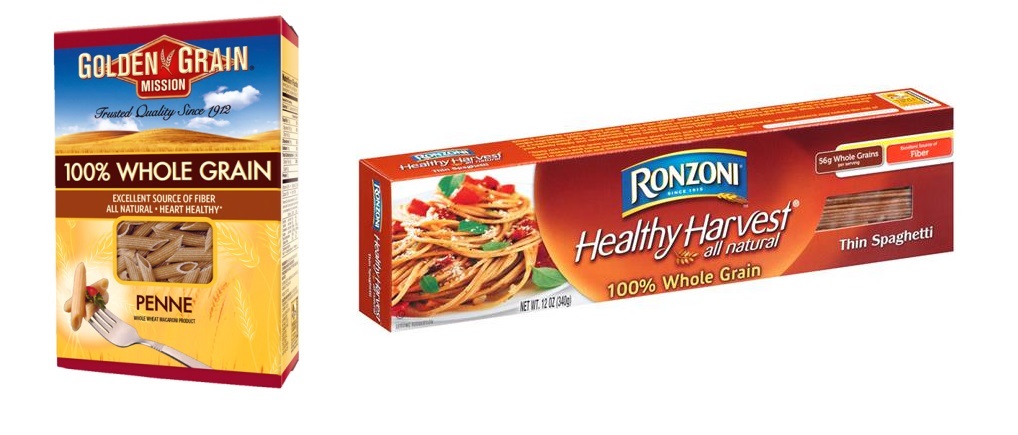
A quick tip though: One thing to note is that brown rice and oat flours are always whole grain, so these are good to go!
OATMEAL
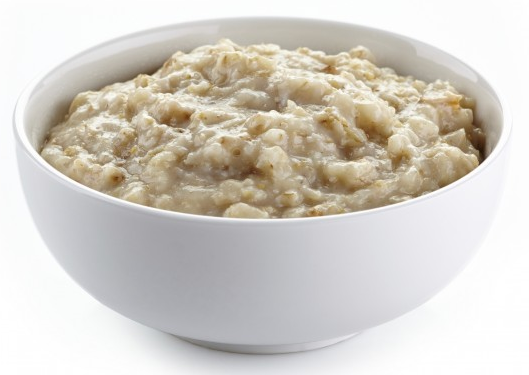
Oatmeal is another staple food found in almost every meal plan. It is an awesome source of complex carbs and it comes with some protein and fiber as well. I add it to my protein pancakes in the morning and it is an excellent option as a pre workout meal too. My only warning here is that you should stay away from the pre-made packets that come in different flavors like maple & brown sugar or apple & cinnamon. These are loaded with sugar!
QUINOA

Most people think that quinoa is a grain like rice but it is actually a seed. In general, it is actually even a better option than brown rice. It has low glycemic index and is also packed with vitamins and minerals. Quinoa is gluten free and when compared to brown rice, serving per serving, it has more fiber, about 3 more grams of protein (quinoa has 8 grams of protein per serving vs brown rice with 5 grams), slightly higher fat and about 10 more calories. The taste of quinoa can be a bit bitter so it is somewhat of an acquired taste. But you can reduce the bitterness by first washing it before cooking and eating. I like to cook it just like rice or use it cold in salads because all the other ingredients help mask the bitterness a little bit as well.








